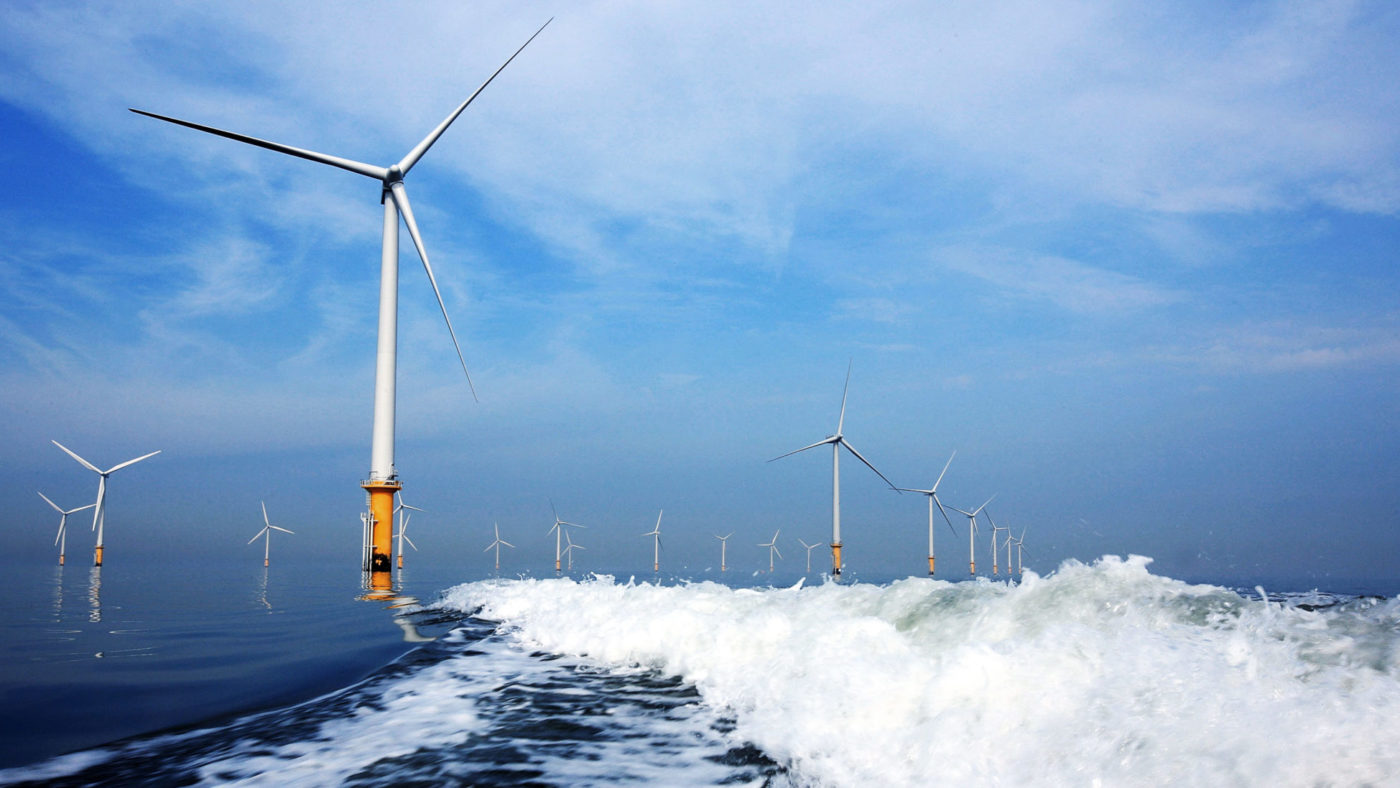We all know that since 2002 there has been a dramatic change in the way we generate electricity in the UK.
We’re changing to wind and solar power, and generation is shifting away from large generating stations to distributed systems, even to people’s rooftops. The headline reason for these changes is to reduce carbon dioxide emissions. But has anyone asked if this change is delivering useful emissions reductions at an affordable price, and at the same time maintaining security of supply to this island grid? I answer these questions in A Cleaner, Cheaper Electricity System, published by the Global Warming Policy Foundation, and the answers seem to be disappointing.
There’s data for our generation system going back to 1920, and what emerges is a story of success. Electricity prices have fallen nearly continuously, as have emissions of carbon dioxide. Whether the system was in private or public ownership, this success story continued through improvements in steam turbine technology, nationwide management of generation, the evolution of nuclear generation and in 1990, the arrival of generation from natural gas.
I examined the performance of the modern grid (post 1990) using tools that are mainstream to the industry: levelised cost of electricity (LCOE) drills down to the capital and revenue costs of all aspects of generation, Loss of Load Probability (LOLP) performs a statistical analysis of the probability that generation will not match demand, and simple addition of emissions from all non-renewable sources of generation. The findings of this analysis are as follows:
- Emissions fell from 1990 to 1998 due to the switch to gas generation, rose between 1998 and 2010 due to a resurgence in coal, and have since fallen dramatically. The recent fall in emissions has three causes, and in descending order of efficacy these are:
- The UK’s demand for electricity has fallen steadily since 2003,
- There has been a resurgence of gas generation as coal is phased out, and
- The arrival of renewable generation.
Two thirds of the recent fall in emissions results from the resurgence of gas. The cost of cutting emissions using renewable generation is now rising rapidly and has reached £350/tonne, at a time when the talk of the societal cost of carbon dioxide is around £30/tonne.
- It is a matter of fact that domestic electricity bills have risen, in real terms, from £325 a year in 2005 to £530 in 2017. To test if this is due to the rollout of renewables we can create a counterfactual generation system, delivering the same total production, but replacing all the renewable generation with gas. Doing this we find that in 2017 our electricity generation is costing us nearly £50/MWh more than if we’d just generated from gas. Cumulatively the UK would have been better off with gas generation to the tune of £90bn between 2002 and 2017. That’s enough for the HS2 project or two Brexits! These extra costs arise not just because renewable generators are more expensive to build and have lower production rates than fossil-fuelled generators, but because they require support services to compensate for their intermittency, and extra grid connection costs.
- The counterfactual system also reveals that gas would have been more effective at cutting our carbon dioxide emissions, over the same period we’d have cut about 300 million tonnes more carbon dioxide if we’d gone for gas.
- And because renewables do not provide dependable generation, the probability of interruptions of supply (blackouts) is now rising to levels that are a matter for serious concern.
So our strategy for renewable generation has reached a point where any further deployment is constrained by three factors. If we double our renewable fleet by 2030, as proposed by Labour:
- Another £300 will be added to annual electricity bills,
- Emissions will continue to fall, but newer, cheaper, more efficient gas generation would have produced the same reductions without the economic penalties
- Security of supply in the electricity industry will fall to levels unacceptable in a densely populated, first world nation.
Nothing in this analysis is surprising. The dash-for-gas of the 90s told us everything we needed to know about costs and emissions reductions. We advanced into our renewable strategy with no thought or modelling of how the system would perform.
Finally, and in spite of the hype, there has been no significant improvement in any of the renewable technologies even though they’ve enjoyed very heavy subsidies. Meanwhile, the USA, China and India are researching the next generation of gas generators with even higher efficiencies, exploring underground gasification of coal to burn in modified gas generators, and gas/oxygen combustion cycles that could lead to direct application of carbon capture.


